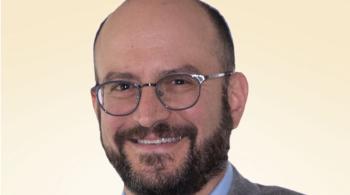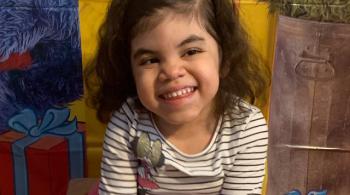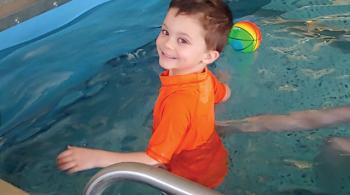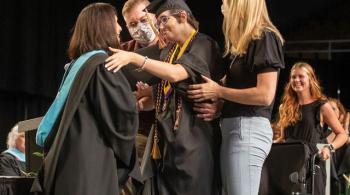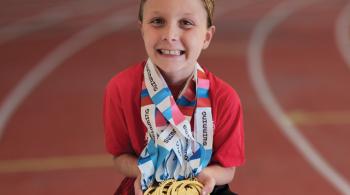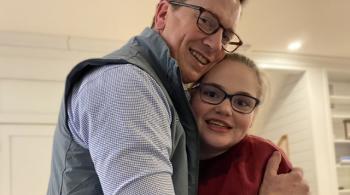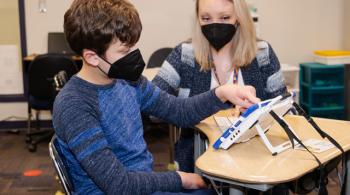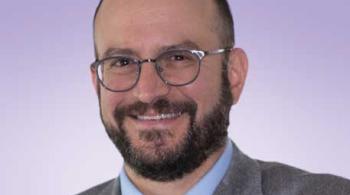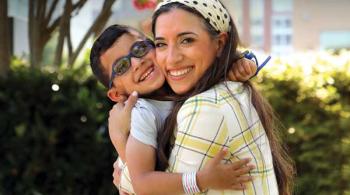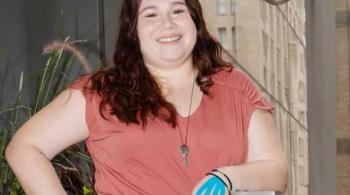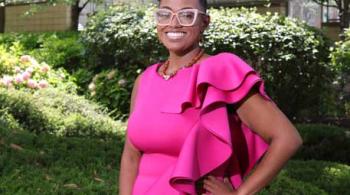By Christianna McCausland
In the bustling urban center of Baltimore, the Center for Child and Family Traumatic Stress at Kennedy Krieger Institute offers a bright, child-friendly oasis for families and children struggling with the effects of traumatic experiences. These are children who may live in daily fear of community or domestic violence, who may have lost a parent or been separated from a loved one, or may have experienced physical or sexual abuse or neglect. Within these safe walls, families can access counseling provided by trained therapists as well as psychiatric, psychological, and case management services. Early intervention (most children are aged 4-11) allows the children to manage their stress and learn resilience that will help them be more successful in school and in life.
The Center for Child and Family Traumatic Stress (formerly the Family Center) is a busy place, seeing over 1,000 patients a year and working with close to 600 families. Children are referred to the center because their emotions have become unmanageable at home or school and are interfering with their ability to succeed. After an extensive phone interview, families are seen at the center for assessment, a mental health diagnosis, and recommended treatment services that best fit the child and family’s needs.
Sarah Gardner, LCSW-C, director of clinical services at the center, explains the importance of working with the entire family. “Parents or caregivers often fear they’ll be blamed for the diagnosis or for stressful experiences the child was exposed to, and that’s not a very good place to start a conversation about change or developing new routines,” she says. “I’m a big believer in developing a good working alliance with the family… They can’t undo what’s already happened, but there’s a lot they can do to help the child get on track.”
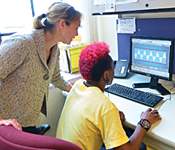
Working closely with families is especially important because many face ongoing threats to safety, including community violence. “We place a lot of emphasis on helping caregivers to manage their own stress and build support networks,” says Gardner. “Through evidence-supported individual, family, and group approaches, we offer caregivers and children the chance to increase positive communication and find new ways to make sense of difficult experiences. These things, in addition to good family routines, make daily life feel more manageable.”
Services at the center are structured to help children talk about their traumatic experiences, confront negative emotions, and better control their behavior. There is a focus on stress management, countering feelings of self-blame that many traumatized individuals experience, and enhancing parenting skills.

This family’s experience demonstrates the importance of early intervention and supporting caregivers. “The earlier you address the vulnerabilities, the better able the child will be to calm himself down, ask adults for help, and benefit from interventions,” Gardner states. Often, children who grow up in unsafe environments or experience disruption spend so much energy trying to manage stress that they fall behind in school, relationship development, and learning the skills they will need as adults. This increases the likelihood of problems in the future, when they are responsible for raising their own families.
Learning Resilience
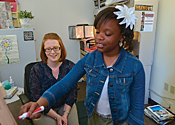
The center emphasizes learning resilience—the capacity to withstand stress and overcome adversity—by teaching how to manage emotions and find meaning in experiences, for example. For children with anxiety, building resilience can seem an uphill battle. Katreese Wellons, 10, was struggling at school to the point that her mother, Latanya Waller, was receiving daily calls from administration. After the family was in a car accident, Katreese’s anxiety worsened—she wouldn’t get in a car, did not want to go to school, and cried at the slightest provocation. She was diagnosed at the center with generalized anxiety, and now works with therapist Chelsea Haverly, LCSW-C, to manage it.
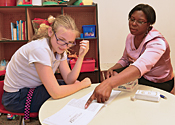
Waller says the change in her daughter’s behavior since starting treatment has been dramatic. Through meetings with Haverly, she and Katreese’s stepfather have also learned important techniques for talking to their daughter and her school about her anxiety. Perhaps most importantly, the family learned how to tell Katreese that she is not alone and that counseling can help.

